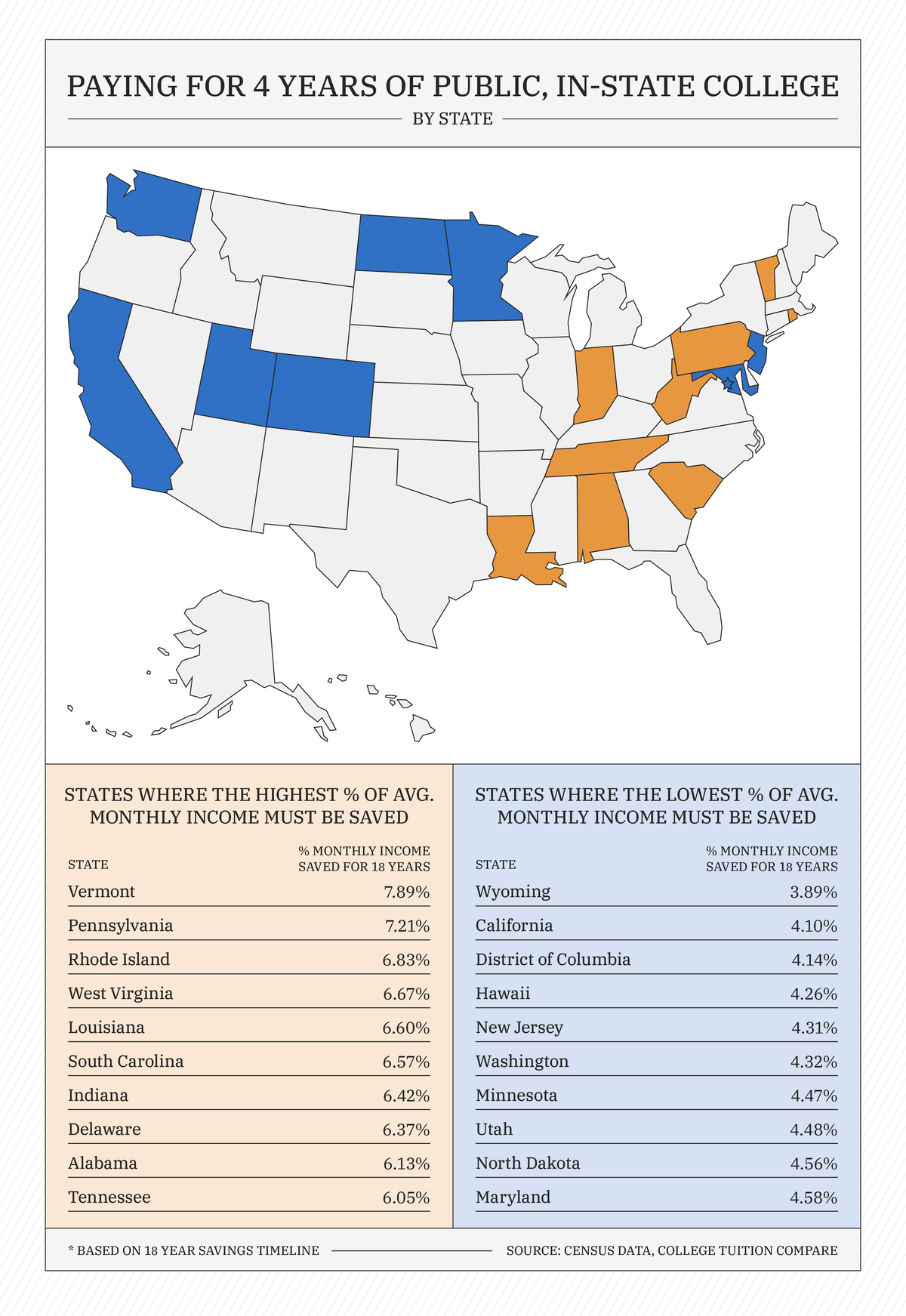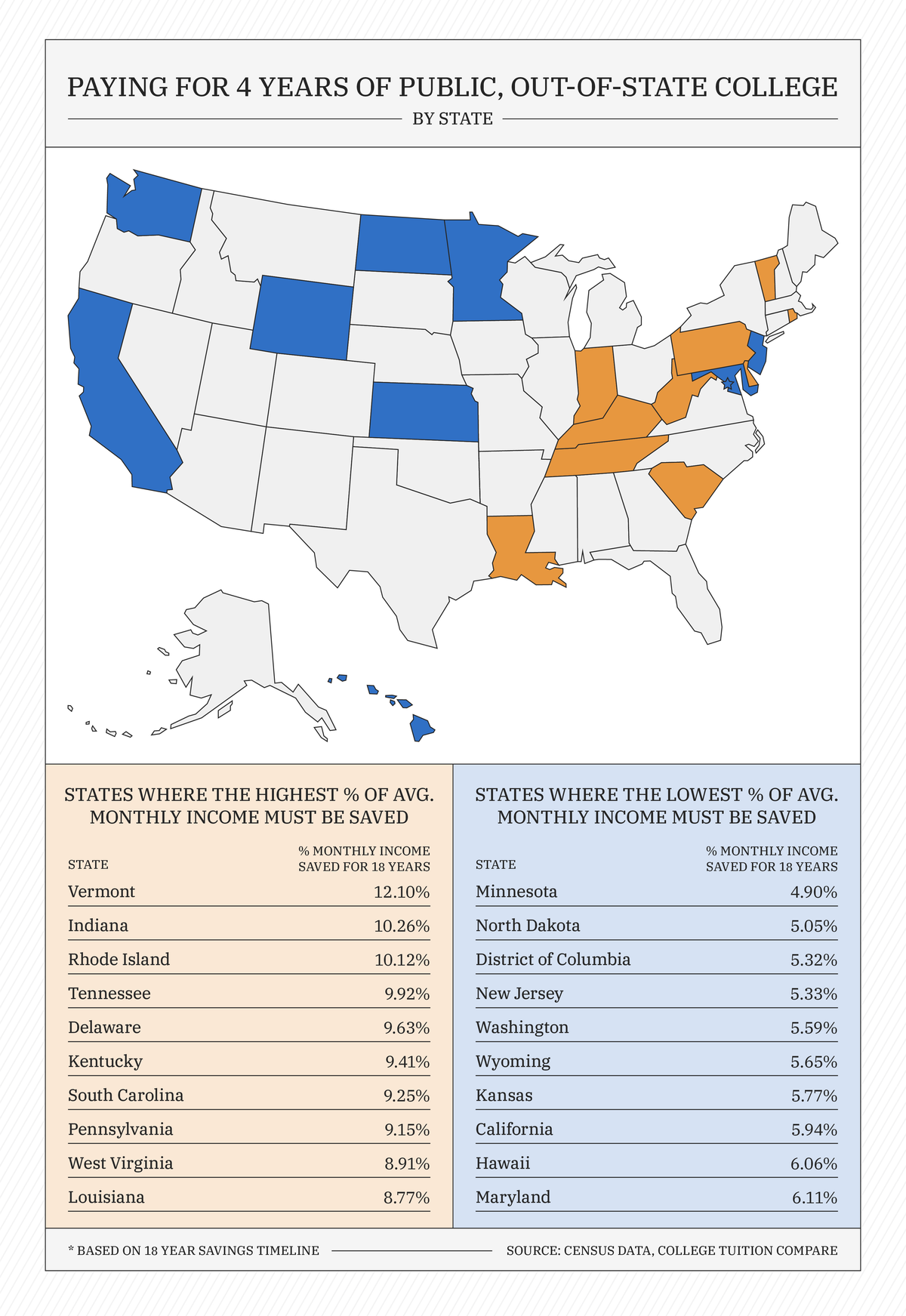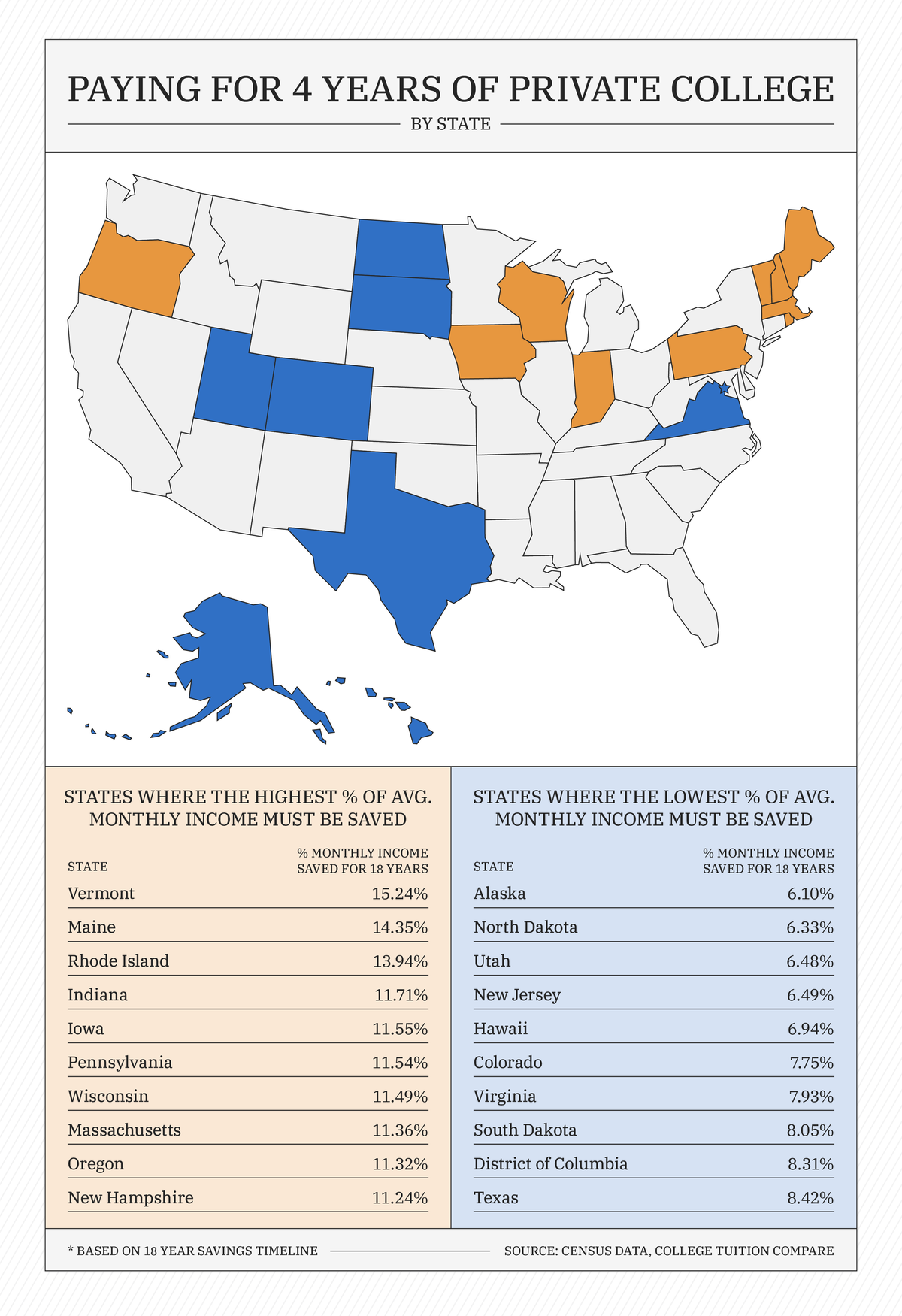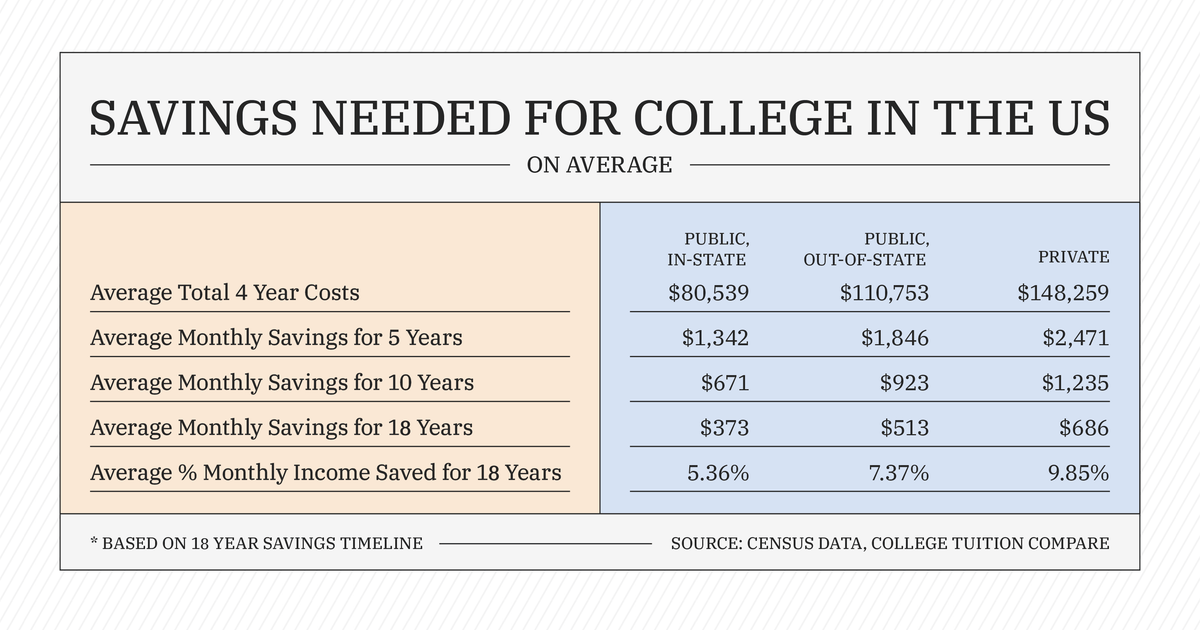Alex Miller
Alex Miller
Founder & CEO
304 Published Articles
Countries Visited: 34U.S. States Visited: 29
Founder and CEO of Upgraded Points, Alex is a leader in the industry and has earned and redeemed millions of points and miles. He frequently discusses the award travel industry with CNBC, Fox Business...
Edited by: Keri Stooksbury
Keri Stooksbury
Editor-in-Chief
74 Published Articles 3709 Edited Articles
Countries Visited: 54U.S. States Visited: 28
Editing with Upgraded Points for over 6 years, as editor-in-chief, Keri manages the editorial calendar and oversees the efforts of the editing team and over 20 content contributors, reviewing thousand...
![How Much You Have To Save for College by State [Study]](https://upgradedpoints.com/wp-content/uploads/2020/12/saving-for-college-by-state-1.png?auto=webp&disable=upscale&width=1200)




![The 16 Best Secured Credit Cards For Those With Bad Credit [or No Credit]](https://upgradedpoints.com/wp-content/uploads/2018/07/Collection-of-Credit-Cards-Wallet-on-table.jpg?auto=webp&disable=upscale&width=1200)
![U.S. Student Debt by State [Data Study]](https://upgradedpoints.com/wp-content/uploads/2020/10/north-carolina-state-5110744_1920.jpg?auto=webp&disable=upscale&width=1200)

